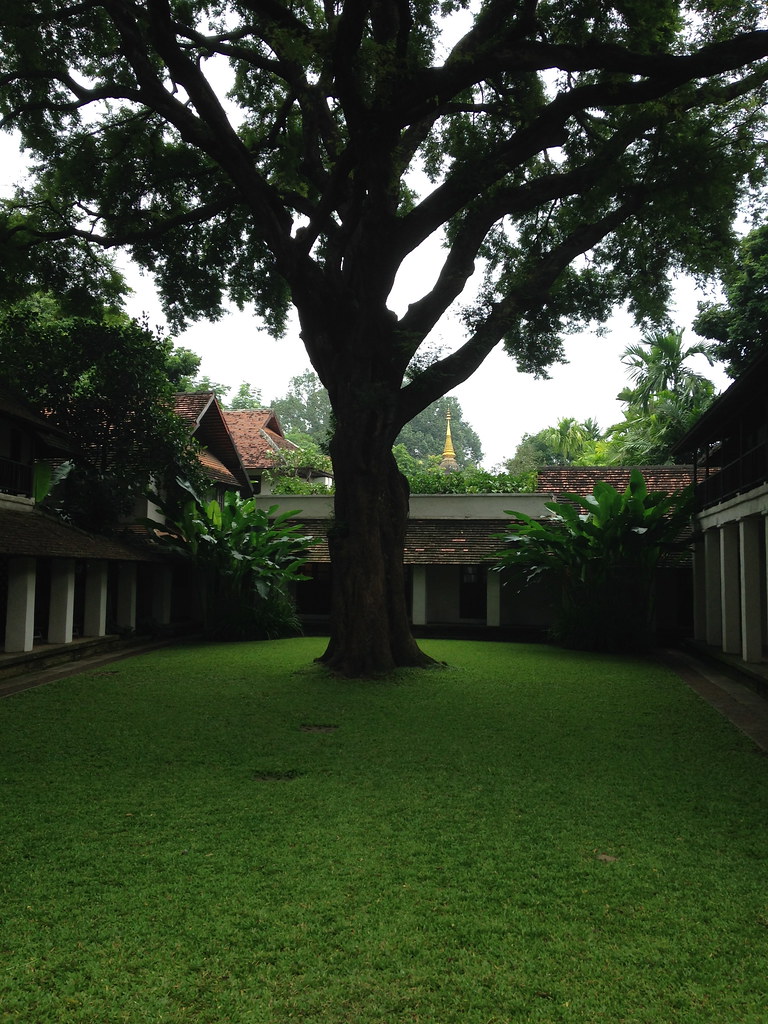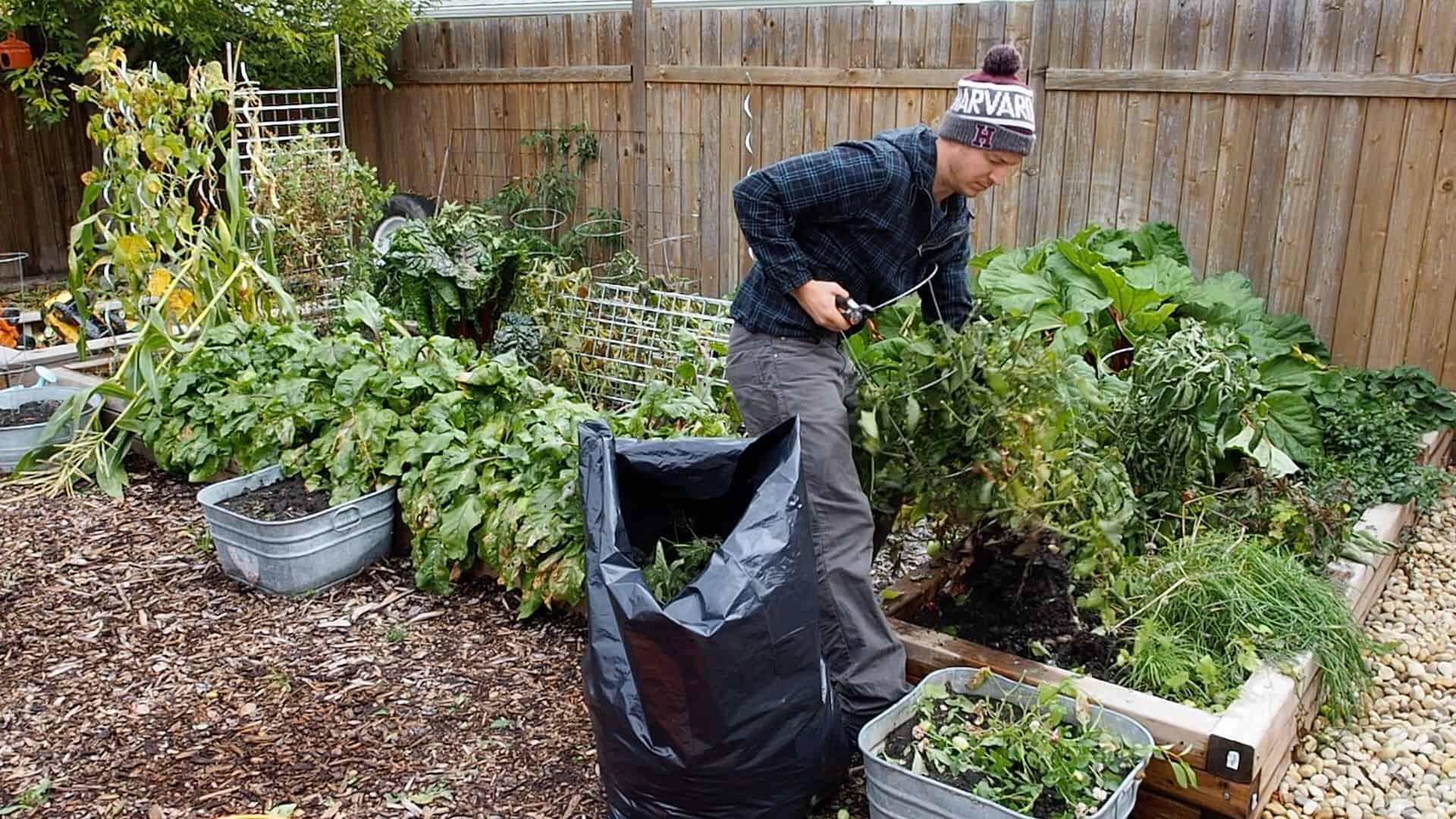This post is a continuation from Part 3 on Plant a Tamarind Tree to Decorate Your Property. Lately, in part 1, we had a brief look at the tamarind tree, where to plant it, and when to harvest without forgetting the importance of trimming to maintain the shrubs healthy and safe.
In part 2, you learn how to plant a tamarind tree in a pot or the ground, growing and caring for the tamarind tree while again emphasizing the importance of trimming to keep the plant disease-free, pests, and parasites. Finally, we indicated how to harvest, without forgetting the fruit’s conservation, and how you can sow to multiply the number of plants.
In part 3, we have had broader information on the Layering of the tamarind tree, grafting, and properties and uses of the tamarind seeds and woods.

This final post on the tamarind tree will now cover the use of:
– the seeds
– tamarind wood
– medicinal applications
– and we’ll end up with a little bit of history…
Use of the seeds
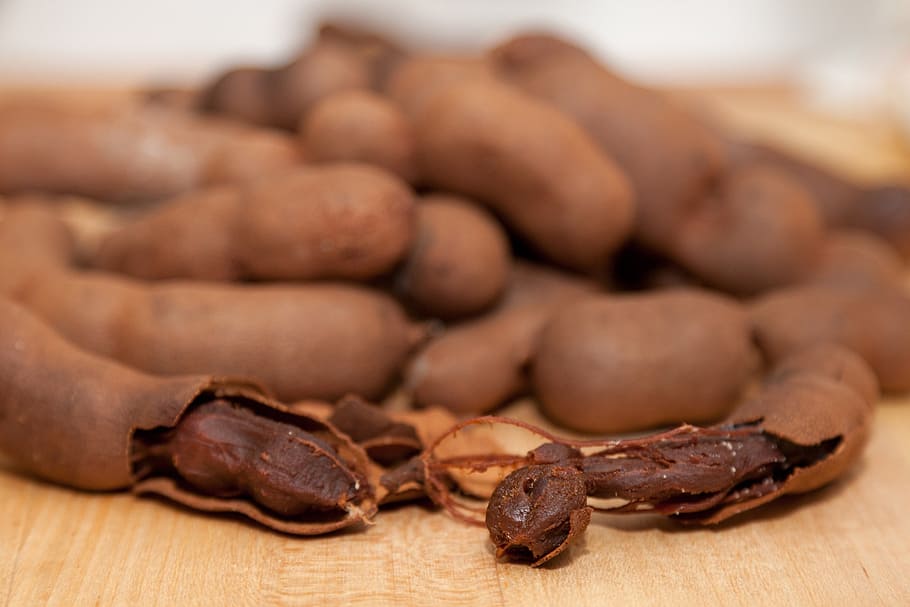
The ripe pod seeds can be roasted and then cooked in water and then grinded, sometimes replacing coffee or flour, but they have little nutritional value, at least for human consumption. Its carbohydrates, however, are taken up by ruminants and fed to draught animals in India. They are mainly used in industry as a primer on jute, wool, paper to make stamp glue (combined with gum arabic). Oil can be extracted from these seeds to make paints, varnishes, and to burn in lamps.
Uses of tamarind wood
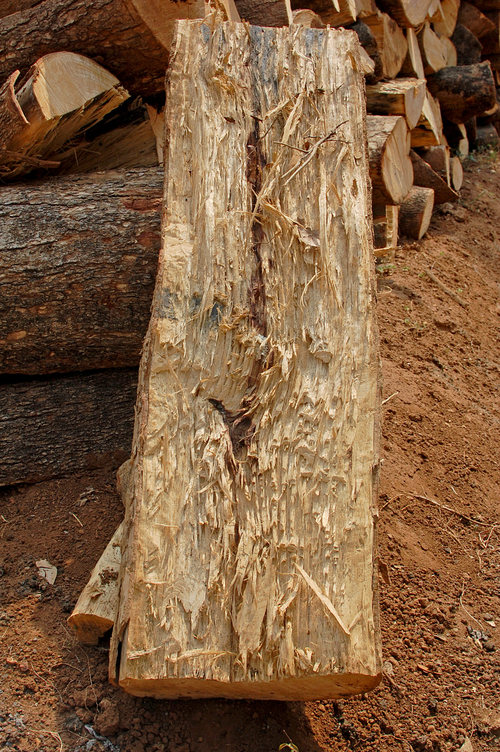
The undemanding tree is used as a reforestation species in dry areas. Its wood, formerly known in the United States as “Madeira de Mahagonny,” is tough and resistant to termites. It has a narrow, dark purple-brown heartwood sometimes mixed with black and a broad white to pale yellow sapwood, sometimes with red veins. A slice on the trunk shows a pale red surface with yellow streaks. It is used in cabinetmaking to make wheels, hubs, mill gears, mortars, tools, furniture, or firewood. Its highly calorific coal was used to make gunpowder. The tannins in the bark can produce ink or be used to fix a dye. The leaves’ tannin has a red pigment, which gives a yellow color when added to indigo-dyed cloth.
Medicinal applications
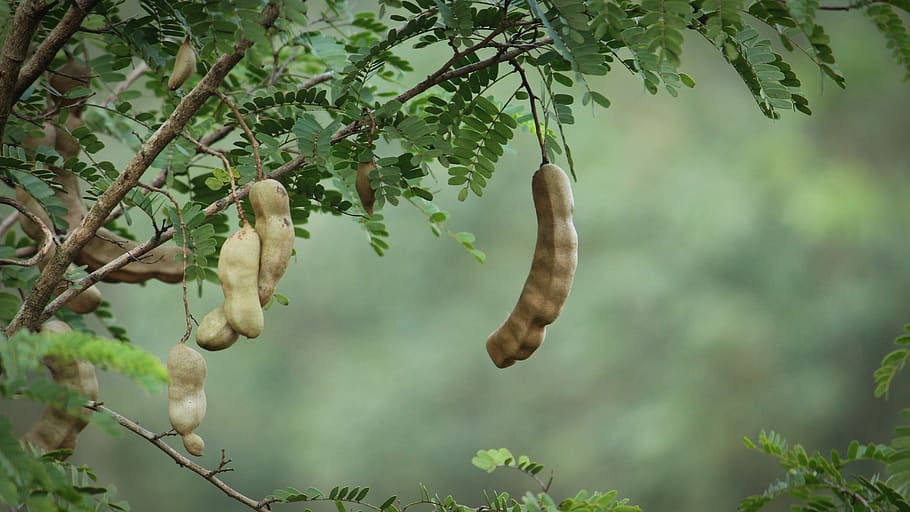
There are many medicinal applications. The fruit is used to treat sore throats, constipation (mild laxative)… It also helps to improve digestion by activating bile secretions. It is also used to relieve the infant’s teething, stimulate the secretion of tears (Visine medicine), fight against scurvy, against fever…
The juice of crushed leaves cures hemorrhoids and biliary affections. The salty and wet pulp can be used to rub on copper (for cleaning). Wood and bark ash are used in the Sahel to depilate and tan goat skins; it also treats digestive disorders and colic.
Caution: the dust formed by the seeds on the ground can cause asthma and lead to dermatitis.
A little history…
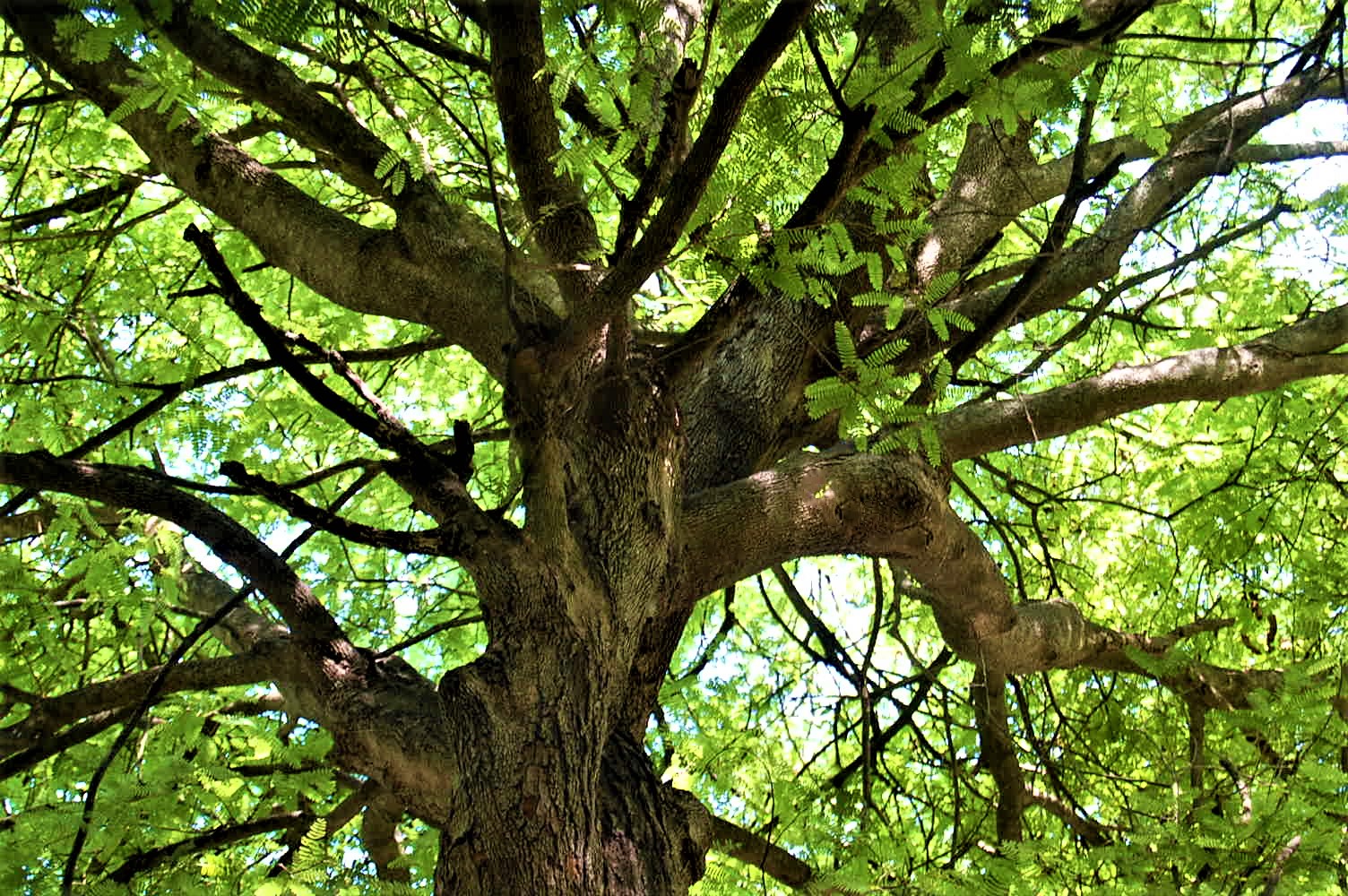
The tree was named by Linnaeus Tamarindus indica in 1753. Several species names flowered afterward (Erithacus, Occidentalis, Intsia, Officinalis, Somalensis, Umbrosa), but only one was finally chosen.
Indicus also means Indian in Latin.
The people in ancient Egypt cultivated it, and the Arab merchants would be at the origin of its popularity in the south of Asia, already reported by Marco Polo in 1298.
However, the tamarind tree’s introduction seems much earlier, as Brahmasamhita’s Indian writings stipulate its presence between 1200 and 200 BC. Similarly, it is found in some Buddhist texts dating from 650 BC. The species was brought to Mexico in the 16th century as part of the exchanges between continents, and its culture spread to Honduras and Guatemala. A report from the Indian Company reported its presence on Reunion Island (in the Indian Ocean) in 1711.
Thank you for staying posted on our blog. Hope the posts from Part 1, Part 2, and Part 3 till this final one would have pleased you and convince you to plant a tamarind tree. Even if not a tamarind tree, you can try for some other trees also. Anthony Montani Landscaping has experts to help you achieve this tree project of yours. Remember to leave your comments below and share these posts with your friends.
